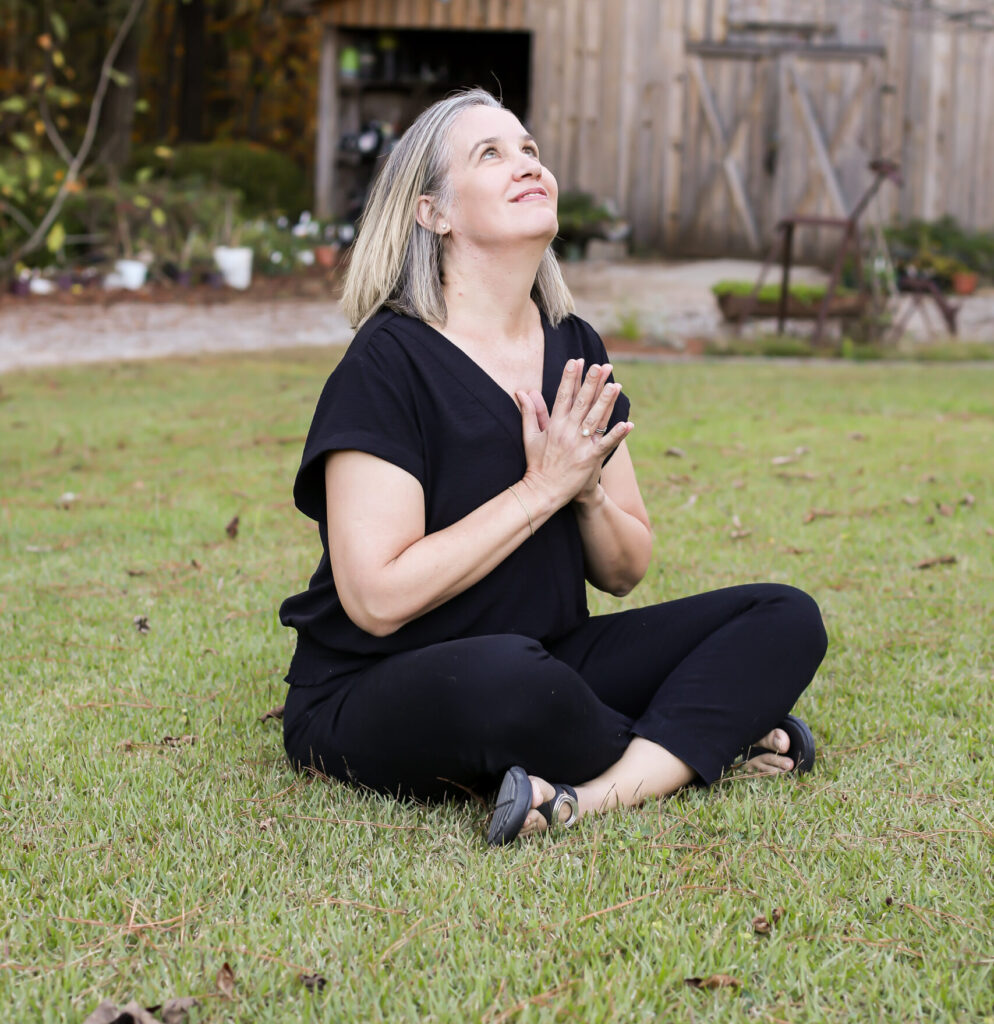If you’re a highly sensitive person, therapist, or caregiver, you probably know what it’s like to juggle responsibilities while trying to make time for your own needs. When life pulls you in different directions, it’s easy to feel overwhelmed or triggered by small moments—especially when they disrupt your carefully planned day.
One of the biggest benefits of therapy and mindfulness practices is the ability to recognize when you’re triggered and return to a state of calm faster. This skill can help you navigate stress, protect your relationships, and prevent difficult emotions from taking over your day.
Recently, I had an experience that reminded me just how powerful inner work can be. A small but unexpected change in my morning routine activated a protective part of me. If I hadn’t turned to my self-care tools—journaling, meditation, and inner awareness—my entire day could have spiraled into frustration.
In this blog, I’ll share how I worked through my reaction using mindfulness-based techniques. My hope is that you’ll walk away with practical strategies to help you move through emotional triggers with more ease, whether you’re navigating the demands of work, relationships, or daily life.
Mindfulness in Action: Navigating Emotional Triggers in Daily Life
Recently, my husband and I were heading to Atlanta for our son’s college track meet. We planned to leave at 10:30 AM, and I had structured my morning carefully so that before we left I could:
- Journal
- Meditate
- Work out
- Prep and pack food and entertainment for the day
It was going to be a tight schedule, but I was proud of myself for getting up early to prioritize my needs before focusing on others. Then, my plan hit a curveball.
As I stepped outside to my journal spot, I saw my husband there and could tell he had something important on his mind that he wanted to share. After listening for a while, I noticed several competing responses coming up inside of me:
- A Relationship-Prioritizing Part: This part of me values my relationship deeply, knew what he was sharing was important, and wanted to be fully present for him.
- An Inner Time Manager: This part was trying to internally readjust my planned schedule so I could both support my husband and fit in my self-care before our departure.
- A Protective Part: This part guards my time fiercely and started feeling antsy as the conversation went on.
As the minutes passed, my protective part became more activated. I know from past experience, if left unchecked, this part can show up a:
- A martyr (“I have to give up what I want for others—again!”)
- A victim (“I never get to do what I want.”)
- Passive-aggressive frustration (“I’m never going to get everything done before we leave.”)
Thankfully, my husband noticed my tension and kindly wrapped up the conversation, allowing me to continue with my increasingly needed morning rituals.
How to Use Self-Care Tools to Reset After an Emotional Trigger
I knew my protective part was triggered. And I also knew I didn’t want to carry that energy into our day together. So I turned to my self-care tools.
Journaling to Acknowledge the Part
First, I spent time journaling about it, allowing this part of me to fully have a voice, tuning into ways it feels familiar—as a working mom, I have a lot of places my energy goes, and my self care time feels sacred to me, yet I often don’t feel I have enough of it.
I know I am not alone in this. I have heard variations of this story from many clients—especially sensitive therapists, helping professionals, parents, and caregivers who give so much of their time and energy to others. It’s a familiar push-pull between serving others and honoring personal needs.
Meditation for Emotional Regulation: Unblending from Triggers
After journaling—a powerful tool for emotional processing—I used meditation for self-care and emotional regulation, with the intention of getting some space from this part or me and reconnecting with my grounded Self. At first, the emotions felt so big, and I wasn’t sure I could separate from them. But I stayed with my breath, inviting expansion into my larger Self.
During meditation, I connected with a familiar healing archetype—a nurturing, comforting presence. For me, this archetype represents deep wisdom and nurturing support—like an internal guide helping me reconnect with balance. As I visualized this archetype, I saw my overwhelmed part—deflated, hopeless, and believing its needs would never be met. But as I stayed with the image, something shifted.
As I witnessed the part receiving nourishment, I felt my perspective broaden and time expand. I realized that:
- I was getting my needs met—just in a slightly adjusted way
- Supporting my husband in that moment was important to my whole system
- There was still plenty of time for self-care
I spent about 20 minutes in this meditation, allowing my inner resources to help this part feel seen, heard, and nourished.
How Mindfulness Helps You Recover from Emotional Triggers Faster
By the time I finished my inner work, I felt lighter and more open to hope and possibility. I had freedom from the rigidity of this part. The shift from my earlier activation felt like a mini miracle! I apologized to my husband for my earlier tension and expressed my appreciation for what he had shared.
And you know what? I still had time for a workout (even if slightly shorter), and we had a wonderful, connected day together.
I didn’t end up packing a lunch, which allowed us to enjoy a spontaneous meal out—something I wouldn’t have embraced if I had stayed stuck in my activation.
How You Can Use These Self-Care Tools in Your Own Life
Many of my clients struggle with similar challenges:
- Feeling torn between responsibilities and personal needs
- Getting activated in small moments and carrying that energy all day
- Struggling to return to a calm, grounded state once triggered
Inner work like therapy, journaling, and meditation don’t erase life’s challenges, but they give you the tools that strengthen your ability to respond rather than react, which is absolutely life changing.
If you resonate with this, here’s how you can start incorporating these practices into your life:
Journaling: Give your emotions a voice before they take over.
Breathwork: Use slow, deep breaths to create space and expansion.
Visualization: Connect with an inner resource that brings you comfort.
Self-Compassion: Recognize that your needs do matter, and find ways to tend to your needs.
If you find yourself stuck in emotional overwhelm, inner work can help you shift more quickly and regain balance. If you’d like personalized support in developing these inner awareness tools, I’d love to support you. Click here to learn more about my mindfulness-based therapy approach and schedule a session.













